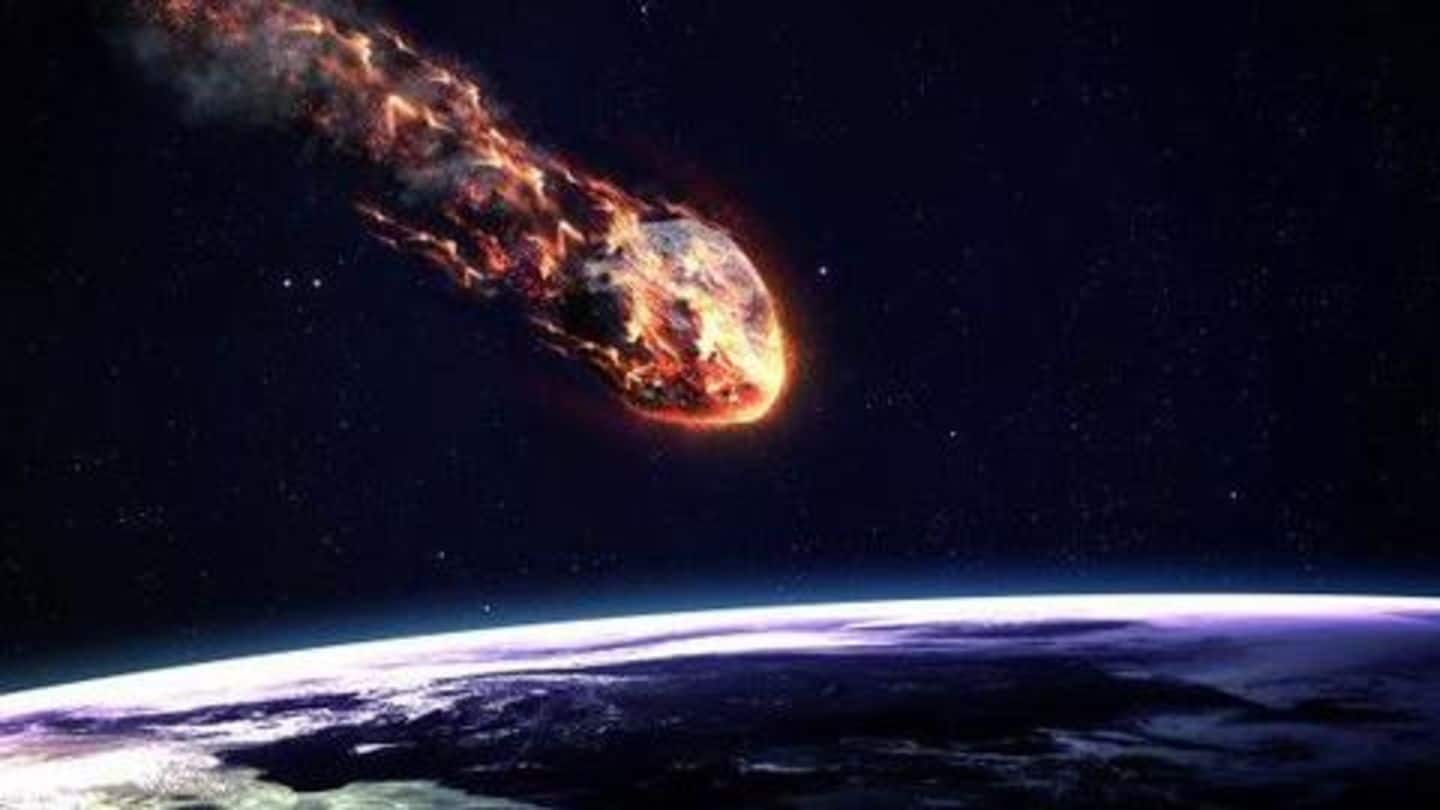
An AI flagged 11 asteroids capable of smashing into Earth
What's the story
Asteroids pose a major threat to Earth and all of life. They won't hit us any time soon (according to NASA), but we cannot predict how the trajectory of these bodies is going to change in the long run. Now, to help with this case, an AI engine has come to the rescue, and it has already flagged 11 previously-unidentified potentially hazardous asteroids.
Neural network
"Hazardous Object Identifier" to flag potentially dangerous asteroids
Prompted by the need to boost search for dangerous asteroids, Leiden University's researchers developed the 'Hazardous Object Identifier', a neural network capable of predicting if a space rock would come on a collision course with Earth. They focused on trajectory changes for asteroids likely to come within 4.7 million miles of Earth and were able to use HOI to discover the 11 dangerous rocks.
Work
Running orbital simulations for 10,000 years and back
First, the team deployed a supercomputer to simulate the orbital movement of Sun, Earth, and other planets for 10,000 years. Then, they reversed the simulation to trace back the orbits in time, but with the inclusion of the asteroids larger than 100 meters in diameter - flung from the Earth's surface in the simulation. This created a database of hypothetical Earth-impacting asteroids.
Quote
What study researchers said about this 'hypothetical' asteroid library
"If you rewind the clock, you will see the well-known asteroids land again on earth," said study co-author and astronomer Simon Portegies Zwart from Leiden University in a statement. "This way you can make a library of the orbits of asteroids that landed on earth."
Training
Then, this library was used to train HOI
The hypothetical library of asteroids that collided with the Earth in the simulations - and the batch of large asteroids likely to come within 4.7 million miles of Earth - was then used to train the HOI neural network. From this, the engine identified a certain pattern to look for while determining which asteroid could collide with Earth in the future.
Test
It proved highly accurate in testing with real asteroid data
Once HOI was trained, the team used it on a random set of 2,000 asteroids already identified and listed by NASA. In this work, the system classified dangerous and non-dangerous asteroids with a significant 90.99% accuracy. Its detection was nearly on par, but the interesting part was, it had also found the 11 asteroids which NASA had not flagged as potentially dangerous earlier.
Threat level
Not an imminent threat, though
That said, it's worth noting that there is no imminent threat. The simulations suggest these 11 asteroids, all over 100 meters in diameter, will come closer than ten times the Earth-Moon distance between 2131 and 2923, which is hundreds of years from now. By that time, we'll surely have better countermeasures to deal with an asteroid of that size than what we have today.